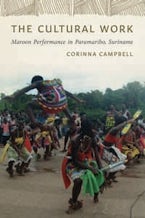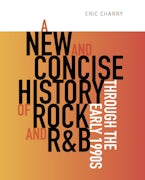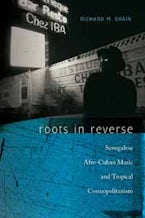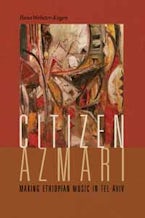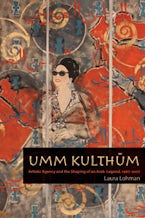- Home
- Music / Culture
- music
- Musicking Bodies

Investigates the life of the body in Indian vocal music
Indian vocalists trace intricate shapes with their hands while improvising melody. Although every vocalist has an idiosyncratic gestural style, students inherit ways of shaping melodic space from their teachers, and the motion of the hand and voice are always intimately connected. Though observers of Indian classical music have long commented on these gestures, Musicking Bodies is the first extended study of what singers actually do with their hands and voices. Matthew Rahaim draws on years of vocal training, ethnography, and close analysis to demonstrate the ways in which hand gesture is used alongside vocalization to manifest melody as dynamic, three-dimensional shapes. The gestures that are improvised alongside vocal improvisation embody a special kind of melodic knowledge passed down tacitly through lineages of teachers and students who not only sound similar, but who also engage with music kinesthetically according to similar aesthetic and ethical ideals. Musicking Bodies builds on the insights of phenomenology, Indian and Western music theory, and cultural studies to illuminate not only the performance of gesture, but its implications for the transmission of culture, the conception of melody, and the very nature of the musicking body.
List of Illustrations
Acknowledgments
A Note on Transcription
A Note on Languages and Terminology
Introduction
A History of Moving and Singing in India
Gesture and Melodic Motion
Ragas as Spaces for Melodic Motion
Melodic Motion in Time
The Musicking Body
The Paramparic Body
Appendix A: Planes of the Body
Appendix B: Teaching Lineages of Jitendra Abhisheki and Gajanan Rao Joshi
Appendix C: A Note on Methods
Notes
Guide to Transliteration, Glossary of Terms, and List of Names
Bibliography
Index
MATTHEW RAHAIM is an assistant professor of ethnomusicology at the University of Minnesota.
"Ranging authoritatively through the fecund terrain of Hindusthani music, Matthew Rahaim reunites musical sound with the bodies that produce it, refuting the discourses and practices that have kept them apart, and revealing their powerful complementarity. The book is concise, smart, erudite, imaginative, and generous on every page. Raga and tala emerge enriched, performers and theorists find common purpose, and music becomes something even bigger and more profound."
~Michael Tenzer, author of Gamelan Gong Kebyar: The Art of Twentieth-Century Balinese Music
"A ground-breaking contribution to the study of Indian music, musical performance, and music cognition. A vivid sense emerges of Indian musicians' creative sensitivity to contour, movement, shape and texture, which they express in both melody and gesture."
~Richard Widdess, professor of musicology, School of Oriental and African Studies, University of London

